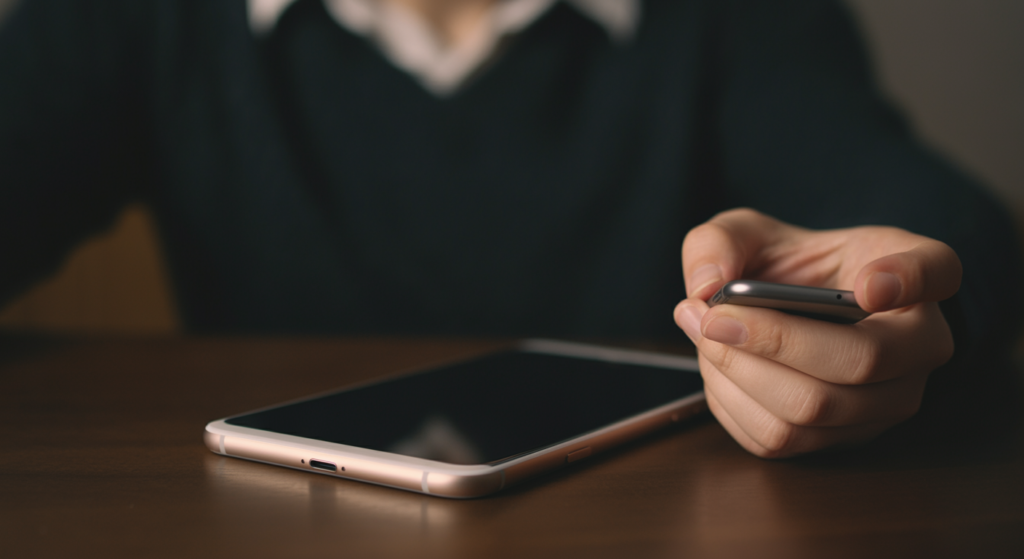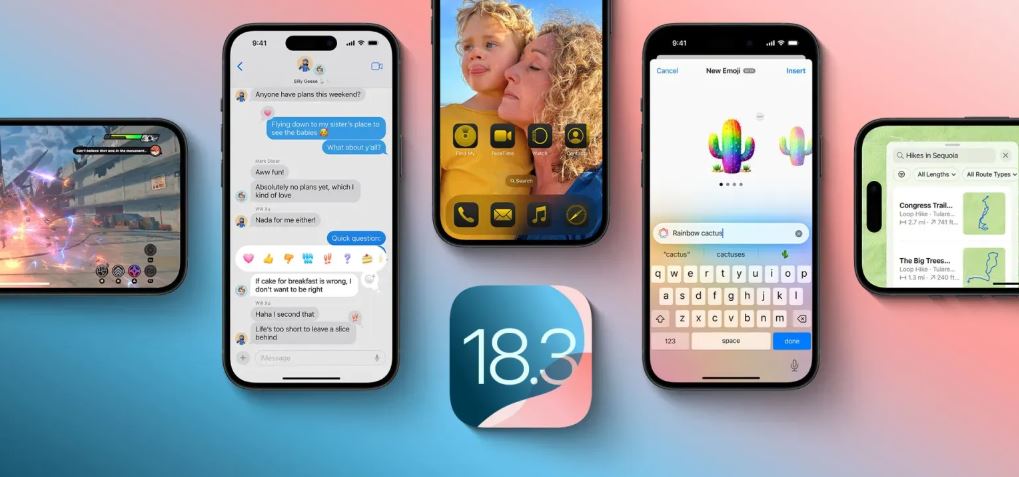Protect your iPhone! Apple issues a warning to users about potential data theft. Learn the crucial measures to secure your device and personal information.
Introduction
In an era where smartphones have become an integral part of our daily lives, safeguarding the data stored on these devices is more critical than ever. Recently, Apple issued a stern warning to all iPhone users: neglecting certain security measures could make your device vulnerable to hackers. This warning comes amid increasing reports of data breaches and cyber-attacks targeting smartphone users worldwide. In this post, we will explore Apple’s specific recommendations on how to protect your iPhone from these threats and why it’s essential to take immediate action.
Understanding the Gravity of Apple’s Warning
Apple is renowned for its robust security features, yet even the most secure systems can be vulnerable if users neglect to update their devices or configure their settings correctly. Apple’s warning highlights the potential risks of not following security advice, which could lead to unauthorized access to personal data, financial information, and more. With cybercriminals becoming more sophisticated, it’s crucial for every iPhone user to understand and implement the recommended security measures.
The Warning in Detail
Apple’s recent announcement emphasized the importance of keeping your iPhone’s software up to date. New updates not only introduce exciting features but also patch vulnerabilities that hackers could exploit. Ignoring these updates is akin to leaving your front door unlocked in a high-crime neighborhood.
In addition to software updates, Apple advises users to enable two-factor authentication (2FA) for their Apple ID. This extra layer of security ensures that even if someone manages to get hold of your password, they would still need a second form of verification to access your account.
Steps to Secure Your iPhone
Step 1: Keep Your iOS Updated

Ensuring your iPhone is running the latest version of iOS is the first line of defense against cyber threats. To check for updates, navigate to Settings > General > Software Update. If an update is available, download and install it promptly.
Step 2: Enable Two-Factor Authentication
Two-factor authentication is a must for safeguarding your Apple ID. To enable it, go to Settings > [Your Name] > Password & Security, and turn on Two-Factor Authentication. This process will guide you through setting up a trusted device or phone number where you’ll receive verification codes.
Step 3: Use Strong and Unique Passwords
Your Apple ID password is the gateway to your personal data. Use a strong, unique password that combines letters, numbers, and symbols. Avoid using easily guessed passwords such as “123456” or “password.”
Step 4: Regularly Review App Permissions
Apps often request access to various data and functions on your iPhone. Regularly review these permissions in Settings > Privacy, and ensure apps only have access to what’s necessary for their function.
Step 5: Beware of Phishing Attempts
Phishing remains a common tactic used by hackers. Be wary of emails or messages requesting personal information or urging you to click on suspicious links. Always verify the source before providing any data.
The Consequences of Neglect
Failing to implement these security measures can have dire consequences. Data breaches can lead to identity theft, unauthorized financial transactions, and even personal embarrassment if sensitive information is exposed. Moreover, once data is compromised, the road to recovery can be long and arduous.
By not adhering to Apple’s security advice, users risk losing control over their personal and financial data, which could be used maliciously or sold on the dark web. The emotional and financial toll of such breaches can be devastating.
The Benefits of Proactive Security
On the flip side, following Apple’s security recommendations can provide peace of mind. Knowing that your data is protected allows you to use your device freely, whether for personal use or business. Moreover, maintaining good security habits can protect not only your device but also any connected services or devices in your digital ecosystem.
Conclusion
The digital landscape is fraught with potential dangers, but by taking Apple’s advice and implementing these security measures, you can significantly reduce the risks to your personal data. In today’s connected world, staying vigilant and proactive about security isn’t just recommended—it’s essential. So, take a moment today to review your iPhone’s security settings, update your software, and ensure your digital life remains private and secure.

